Natural beauty abounds at a castle-turned-abbey in the west of Ireland
“Oh this is just beautiful,” my mother said as we stepped out of the car and into the pouring rain. Ahead stood the majestic Kylemore Abbey, which sits at the edge of Pollacappul Lake in the west of Ireland. The building juts out from the terrain of the Dúchruach, or “black stack,” Mountain as if it were carved from the rocks, and its grey exterior contrasts sharply with the luminous, lush green color of the surrounding trees and hills. It’s a shade of green that could only exist in a place with such a damp climate.
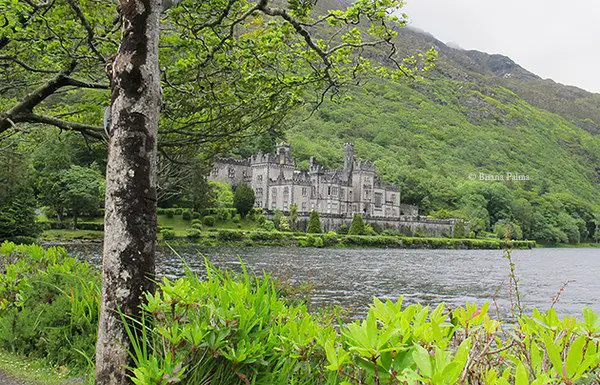
Known as Kylemore Castle before Benedictine nuns came to live here in 1920, the abbey is located in Connemara, a coastal region known for its rugged beauty. Englishman Mitchell Henry and his wife Margaret built the castle in 1862 after they had honeymooned in the region and fell in love with it. On our two-day visit to Connemara, we could see why.
My mother and I had spent the previous day traversing Ireland, traveling from the urban landscape of Dublin to the rolling, cattle-filled hills of the Midlands and then to the west coast into Connemara. According to the Connemara tourist office, the region’s name derives from the ancient tribe Conmhaicne Mara, with “Mara” meaning “of the sea.”
Neither of us had ever seen anything quite like it before: a rocky landscape with hills and lakes, fewer livestock and an isolated home appearing every so often. To our outsiders’ eyes, the land seemed so inhospitable. It was hard to grasp how people could survive here, yet easy to see how the character-filled landscape could captivate its beholders. With its worn and rugged appearance, Connemara is like a person who has lived through his or her fair share of ordeals and as a result has plenty of stories to tell.
Despite the land’s apparent hostility, the Henrys chose the region as the location for their dream home, which carries on their legacy and is today one of the region’s top attractions. Having heard of its popularity and splendor, my mother and I carved out a whole afternoon to visit the home-turned-convent.
Once we got over the initial stop-you-in-your-tracks impact of the abbey, we purchased our entry tickets and began to explore. Bypassing the building, we followed the pathway the runs along the lake, which on a clear day perfectly reflects the castle – just one of the many well thought-out details the Henrys put into their home.
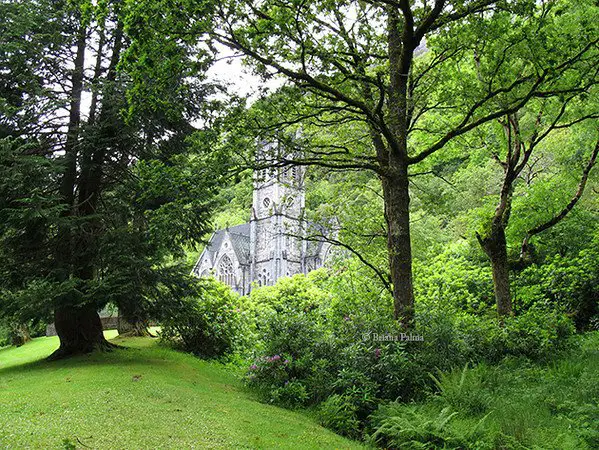
We continued past trees reaching toward the sky and waterfalls trickling peacefully, until we came to the estate’s small chapel, which is constructed in a neo-Gothic style. Despite its beauty, the house of worship speaks to the tragedy Kylemore has witnessed over the years; Mitchell Henry built it in honor of his wife after she perished from a fever while vacationing in Egypt. The interior of the chapel impresses with its marble decoration, much of which has unfortunately been scarred by the region’s damp climate. Still, thanks to the nine nuns who today call Kylemore home, the chapel is undergoing restoration to return it to its original pristine state.
After exploring the peaceful little church, we made our way back to the abbey, where we joined a guided tour of the few rooms that are open to the public. Inside, the building’s existence as both a castle and abbey unite, as the letters P-A-X adorn the ceiling of the front hall. Found at the entry of all Benedictine abbeys around the world, the letters stand for ‘peace.’
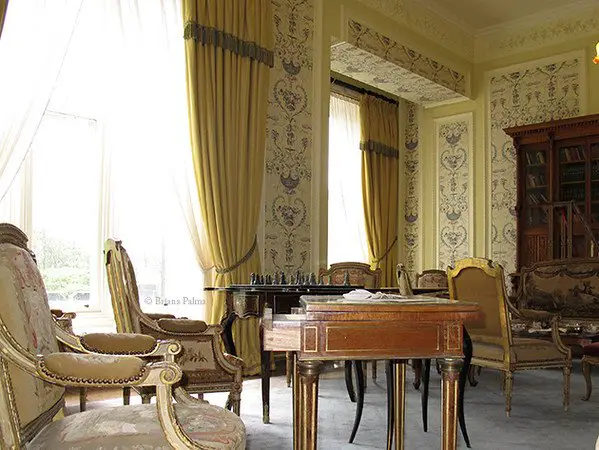
From the entryway, we moved into the drawing room, where the warmth and crackle of a blazing fire greeted us. Once the place where the Henrys entertained guests, the room is now presented with Victorian décor that invites visitors to imagine the couple, sitting and chatting or enjoying a game of chess with friends in front of the fire.
Our tour continued through a couple other rooms before finishing up in the rear hall, which, with its statue of St. Benedict, brought us back to Kylemore as an abbey. Our guide was explaining the importance and history of the space when suddenly a ray of sunshine came through the skylight. It signaled a brief respite from the showers outside and therefore the perfect opportunity to move on to the garden.
Kylemore’s Victorian walled garden sits a mile from the castle. Composed of an outer stone layer and inner brick layer, the high wall keeps the temperature of the garden a degree or two warmer than beyond its limits. It also protects the plants from roaming animals and strong winds.
Judging by the stone exterior, you might assume the garden to be simple, but step through the doorway and you’ll see that it’s simply spectacular. The six-acre expanse, which excites the senses with endless colors and smells, is meticulously arranged and sculpted. Everywhere you look there are perfectly mowed lawns, precisely trimmed hedges and fragrant flowering plants.
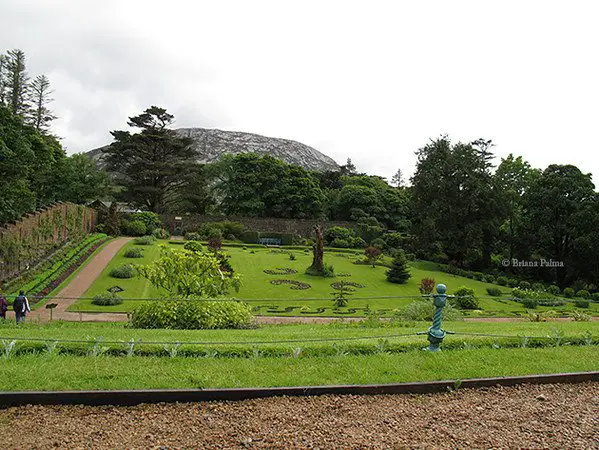
From the doorway, the land slopes down to a wide path – once the major road linking towns Leenan and Clifden – and then rises up again toward two glass houses. They are all that remain from the 21 that originally stood here. In Kylemore’s heyday, boilers and a limekilm heated the houses so that inside them exotic plants like pineapple and figs could grow. Back then, everything eaten at the estate was produced here, including fish farmed from the lake.
Today, the great tradition of fresh food continues, with the produce grown in the kitchen garden used to feed guests in the restaurant, coffee shop and teahouse. Naturally, my mother and I couldn’t refuse the opportunity to take a short break from touring and visit the teahouse, where we melted off the chill from outside with a bowl of vegetable soup and a sandwich filled with goat’s cheese, pesto and unusually sweet sun-dried tomatoes. The care and attention Kylemore’s gardeners give to their plants became palpable to us in the vibrant flavors of the food.
With our stomachs comfortably full, we said goodbye to Kylemore and headed north, away from Connemara, all the while still in awe of the region’s untamed beauty. This part of Ireland’s wild west had left its impression on us. Maybe like Mitchell and Margaret Henry, we would be back someday.
*All photos by and property of the author, used with permission.
Pin for Later
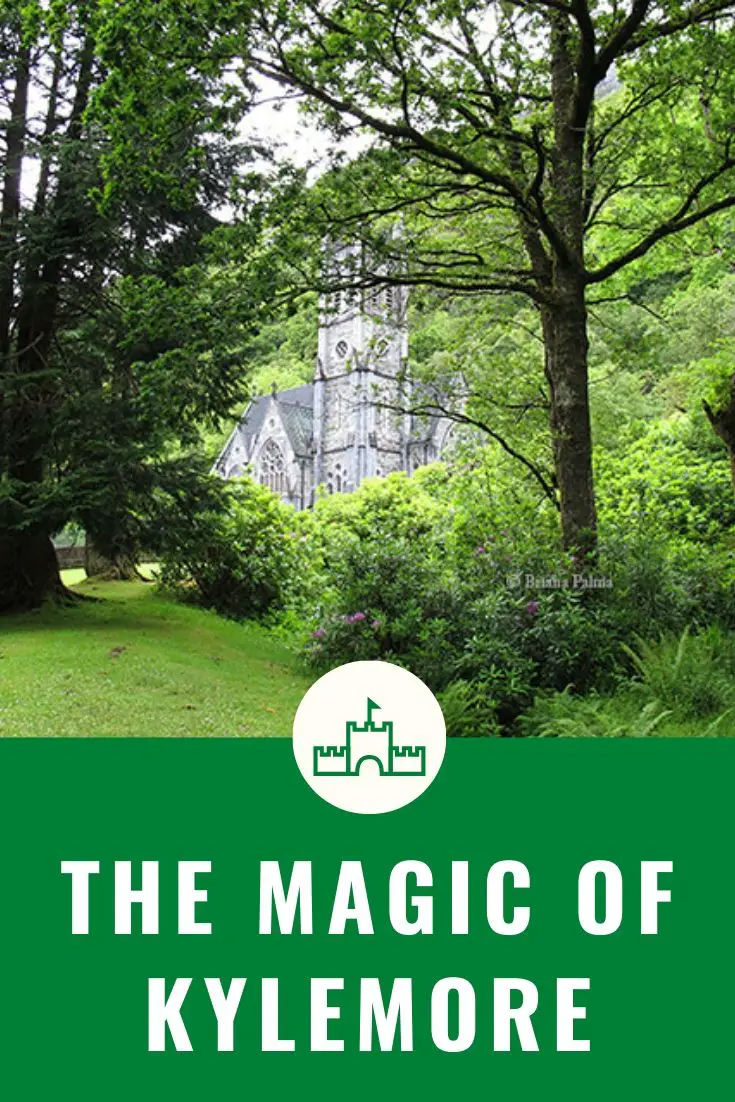
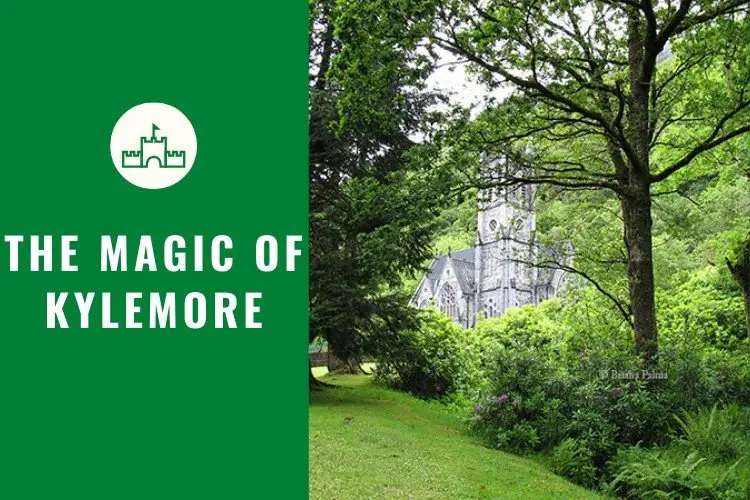
Beautifully written article about a fairytale place! What a wonderful trip!
What a beautiful and evocative place. I wish that I had had a chance to see more of Ireland – especially old churches and castles that make me think of lives long past. Thanks Briana for a lovely story.
I’m with your Mom, Briana! How beautiful!! This is like something out of a fairytale for sure – I love it. 🙂 Not often do I see a place that makes me want to stay outside looking in, but this place does. 🙂